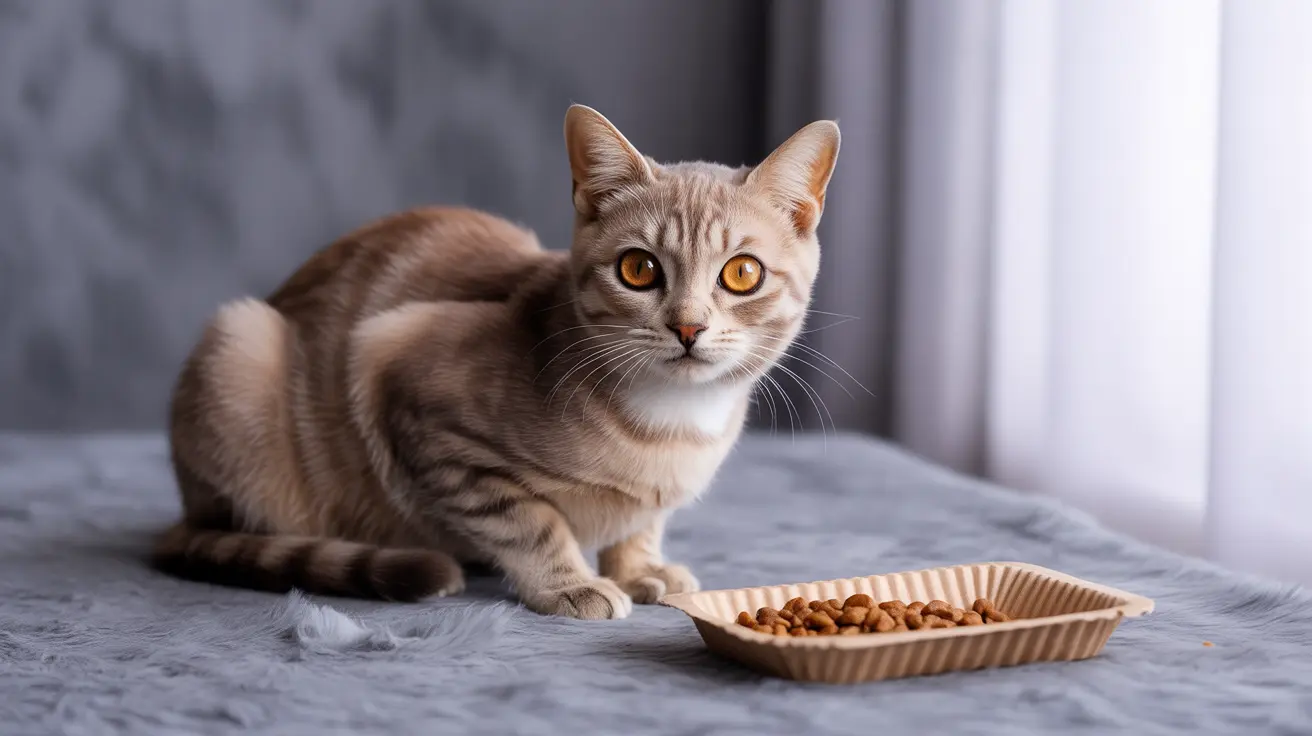When a cat develops fluid in their lungs (pleural effusion), it's natural for pet owners to worry about their furry friend's life expectancy. The reality is that survival time can vary significantly depending on several crucial factors, including the underlying cause, timing of treatment, and overall health of the cat.
In this comprehensive guide, we'll explore what determines how long a cat can live with fluid in their lungs and what you can do to help improve their chances of survival and quality of life.
Understanding Pleural Effusion in Cats
Pleural effusion occurs when fluid accumulates in the space between the lungs and chest wall. This condition can severely impact a cat's breathing ability and requires immediate veterinary attention. The type of fluid present and its underlying cause play crucial roles in determining survival time.
Survival Times Based on Different Causes
Heart Disease
Cats with congestive heart failure-related pleural effusion may live several months to years with proper management. However, without treatment, survival time can be limited to days or weeks.
Cancer-Related Effusion
When cancer is the underlying cause, survival times typically range from a few days to 6 months. Cats with early-stage tumors and no metastasis may survive longer with appropriate treatment.
Infection-Related Cases
Cats with infectious causes like pyothorax can have good survival rates if treated promptly, potentially living for years after successful treatment.
Factors Affecting Survival Time
Age and Overall Health
Younger cats and those in better overall health typically have longer survival times. Senior cats or those with multiple health issues may face shorter life expectancies.
Speed of Diagnosis
Early detection and treatment significantly improve survival chances. Cats brought to the vet at the first signs of breathing difficulty often have better outcomes.
Response to Treatment
How well a cat responds to initial treatment can predict long-term survival. Positive early response often indicates a better prognosis.
Treatment Options and Their Impact on Survival
Treatment approaches vary based on the underlying cause but may include:
- Emergency fluid drainage
- Medications for underlying conditions
- Ongoing monitoring and management
- Surgical interventions when appropriate
Quality of Life Considerations
While survival time is important, quality of life should be a primary consideration. Some cats may live longer with proper management but require regular veterinary visits and treatments. Others might have shorter survival times but maintain good quality of life with appropriate palliative care.
Frequently Asked Questions
How long can a cat survive with pleural effusion, and what affects its life expectancy?
Survival time varies from days to years depending on the underlying cause, treatment response, and timing of intervention. Heart failure cases may survive months to years with treatment, while cancer cases often have shorter survival times of days to months.
What are the most common causes of pleural effusion in cats, and how do they impact prognosis?
The most common causes are congestive heart failure (40.8% of cases) and cancer (25.8% of cases). Heart failure cases often respond better to treatment than cancer cases, while infectious causes may be completely curable if caught early.
How is pleural effusion diagnosed in cats, and what diagnostic tests are typically used?
Diagnosis typically involves chest X-rays, ultrasound, and fluid analysis through thoracocentesis. Additional tests may include echocardiograms for suspected heart conditions or CT scans for more detailed imaging.
What are the treatment options for pleural effusion in cats, and how does the underlying cause influence treatment?
Treatment options include emergency fluid drainage, medications for underlying conditions, and sometimes surgery. The specific approach depends on the cause, with heart failure requiring different treatments than infection or cancer.
What can I do to improve the quality of life for a cat with pleural effusion, and when should I consider supportive care?
Focus on maintaining comfort through proper medication, regular veterinary check-ups, and monitoring breathing patterns. Consider supportive care when the condition becomes chronic or if curative treatment isn't possible. Always work closely with your veterinarian to develop an appropriate care plan.
Conclusion
While fluid in the lungs is a serious condition in cats, survival times can vary significantly. The key to optimizing your cat's chances lies in prompt veterinary attention, appropriate treatment, and dedicated ongoing care. Always consult with your veterinarian to develop the best treatment plan for your cat's specific situation.






